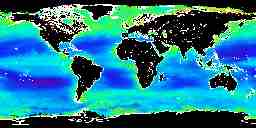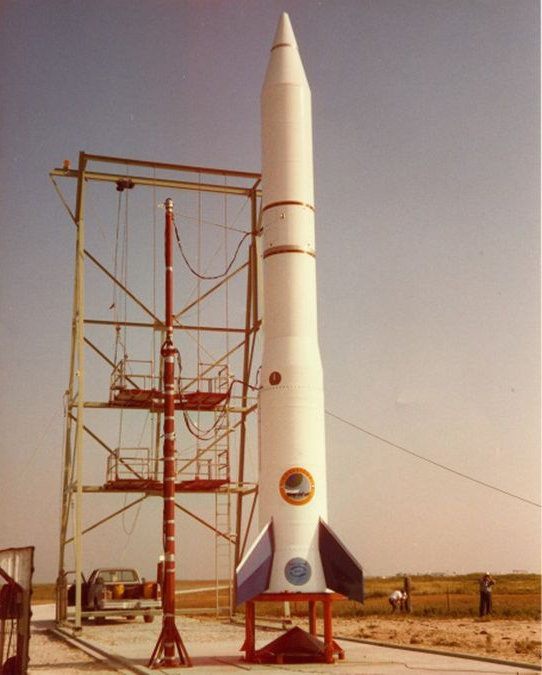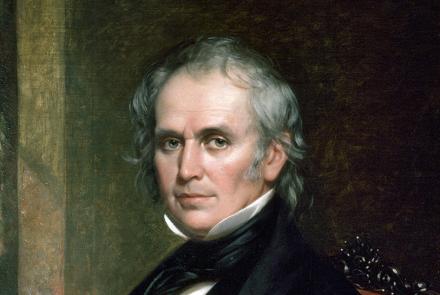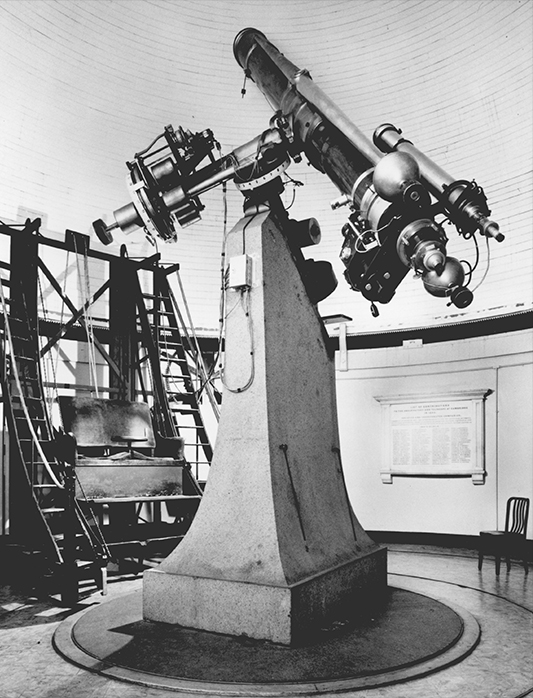2015 – Curiosity, Mars Rover, takes this picture of the Mount Sharp Foothills.


2006 – STS 115 Atlantis launch at 11:15 AM EDT. Mission: The installation of a huge truss on the
International Space Station.
1999 – Russia launches Microgravity Research Satellite aboard a Soyuz-U and successfully puts a Foton-12 spacecraft into orbit.

1999 – The complete global biosphere package of NASA’s Sea-viewing Wide Field-of-view Sensor (SeaWifs), onboard the SeaStar satellite, is scheduled for release. “Seen from space the oceans color the Earth like a big blue marble. But with the Sea-viewing Wide Field-of-view Sensor (SeaWiFS) aboard the SeaStar satellite, sea colors bloom into an artist’s palate of rich scientific information. Sent into orbit two years ago, SeaWiFS is approaching its second operational anniversary and researchers continue to get back significant results from this small, inexpensive research device. By observing something as apparently simple as ocean color, scientists working with SeaWiFS data are beginning to understand the complex rhythms of life in the oceans, the pulse of the global biosphere, and human effects on the environment.” — NASA

1994 – STS – 64 Discovery launch at 6:32:35 EDT.
1975 – Viking 2 (USA) launched. Arrived at Mars on
September 3, 1976.
1982 – First privately funding rocket reaches space. Designed by Space Services Inc. of America and built from spare parts of other rockets it launched from Matagorda Island, Texas and flew for 10 and a half minutes. It reached an altitude of 195 miles, unloaded 40 gallons of water (a marker) and then burned up while falling back through the atmosphere.

1892 – Lick Observatory astronomer Edward Emerson Barnard discovers Jupiter‘s innermost satellite, Amalthea.
Birthdays

1789 – William Cranch Bond was born in Portland, Maine. In 1839 Bond became the first director of the Harvard College Observatory (1839–59). He equipped it from his own observatory and worked without salary. A pioneer in celestial photography, he discovered the seventh satellite of Saturn, Hyperion, with son George Bond. In 1850, Saturn’s crape, or inner, ring was first observed, again by the Bonds. That same year, the first daguerreotype ever made of a star, the bright Vega, was taken by J.A. Whipple working under W.C. Bond, following several years of experiments using smaller telescopes.
